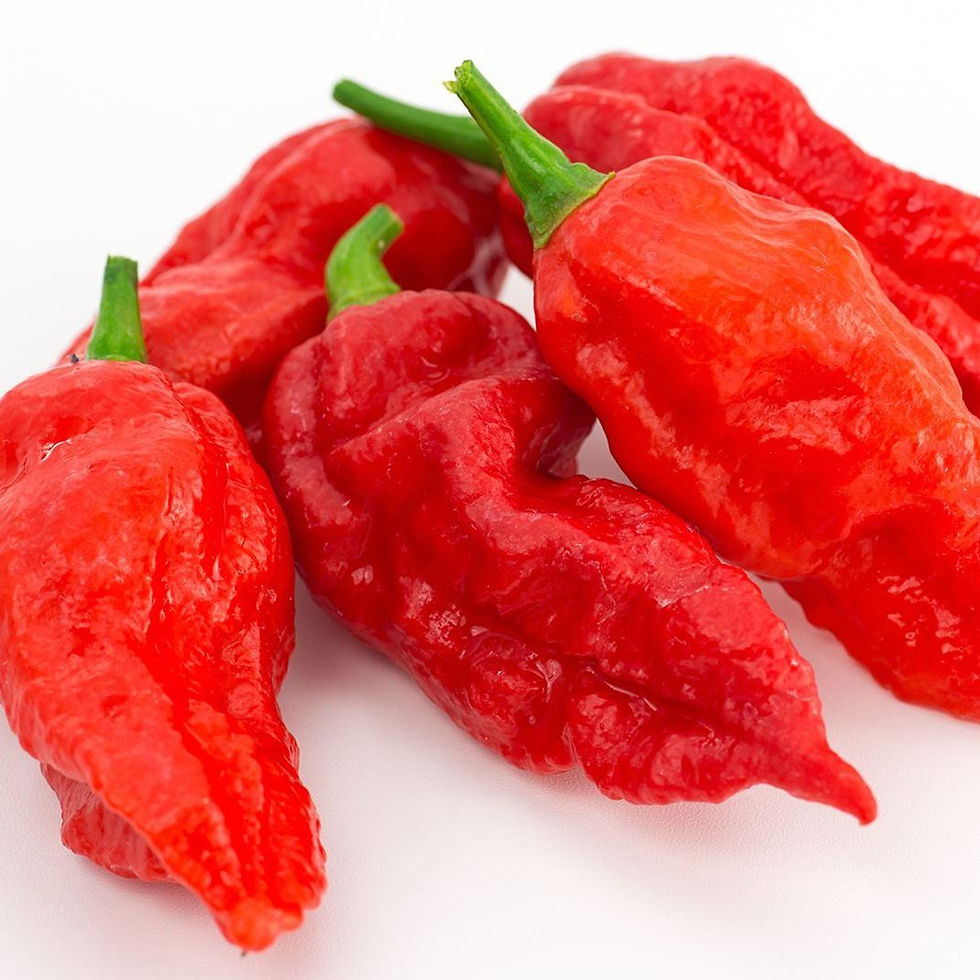ASIAN TAMARIND
Tamarind, a tropical fruit, infuses an additive flavour in cuisines. The soft, sticky pulp, which encases a black seed and tastes sweet-sour, is removed from the crescent-shaped pods.Tamarind is rich in tartaric acid that adds a tart taste to drinks and dishes. Tamarind tastes sour when it is young.With ageing, tamarind gets sweeter though the basic flavour remains acidic and sour.Tamarind is a popular spice condiment widely used in Indian cuisine. It is easily available in the market.Tamarind comes in two varieties – sweet and sour. Sweet variety is used in Thai cooking whereas Indian delicacies owe a lot to the sour type.
Have you heard about a drink namely amlana? It is a Rajasthani drink.The drink is made from tamarind pulp flavoured with cardamom and pepper. Black salt lends the drink an amazing flavour that is further perked up by minty decoration.Tamarind and South Indian cuisines share an intimate relationship. Tamarind is a part and parcel of South Indian kitchens.The most popular delicacy from the South is sambar. It is cooked in South Indian households almost daily. The dish makes a good use of tamarind’s tanginess.Rasam is another South Indian delight. Rasam without idli – how will it taste? Awful, definitely!Tamarind rice, also known as puli sadam, pulihora, puliyodharai or puliyogare, is a popular South India dish.This sour, spicy delicacy is prepared with rice, tamarind pulp and a special masala mix (3 types of lentils, sesame seeds and Kashmiri red chillies).South Indian sabzis are also blessed with the tanginess of tamarind. Hyderabadi mirchi ki salon is a popular Indian curry served with biryani though it also works well with rice, chapati or paratha. Without tamarind, it will never be that divine!Bisi bele bhat is a popular delicacy in Karnataka. Tamarind finds a pride of place in the curry blessed with the goodness of coconut and a host of spices. A dollop of ghee gives the finishing touch for a luxury flavour.Mysore chutney, famous chutney traditionally served with dosa, is extremely mouth-watering.Tamarind pulp, dals, spices and jaggery create the magic that you will love to relish. Sourness of tamarind and sweetness of jaggery perfectly balance each other, infusing a sour-sweet taste in the chutney.Curry leaves chutney is a famous chutney from the South. It works well with dosa, idli and sambar though can accompany fried snacks.Meetha chutney is not purely sweet at all. Tamarind gives it a touch of tanginess. The sour-sweet taste wins the taste buds. This chutney is used in many Indian snack recipes like bhelpuri, papri chaat and ragda pattice. .
Snack is an important part of Indian meals. Snacks served with appetizing chutney and garnished with coriander and sev are hard to resist.Famous Kolkata roadside fuchka, which is known as panipuri in Mumbai or golgappa in Delhi, will never be indulged without tamarind water. Kolkata girls can swear how they go gaga over an extra helping of tamarind water.Tamarind infuses taste, colour and flavour in any dish that uses the seeded fruit. Tamarind is used in not only snacks but also veg curries across India, from Maharashtra cuisines to Rajasthani thali, Gujrati khana to Sindhi khazana.For example, Maharashtrian patal bhaji is a healthy delicacy prepared with chana dal, coconut paste and chopped colocasia leaves.Jaggery and tamarind pulp bring the right balance and perk up the flavour. This recipe is loaded with iron and worth a try.Bharleli vangi is a semi-dry sabzi. The fried dish is unique in taste as it uses a special masala mix whereas the credit for the sweet-sour balance goes to jaggery and tamarind. This authentic Maharashtrian recipe works best with chapati.
Palak masoor dal soaks the goodness of both spinach and pink lentils. The unbeatable combination is a rich source of protein, iron and folic acid.
TERMS AND CONDITIONS
NO RETURNS
NO EXCHANGE
NO REFUNDS
































